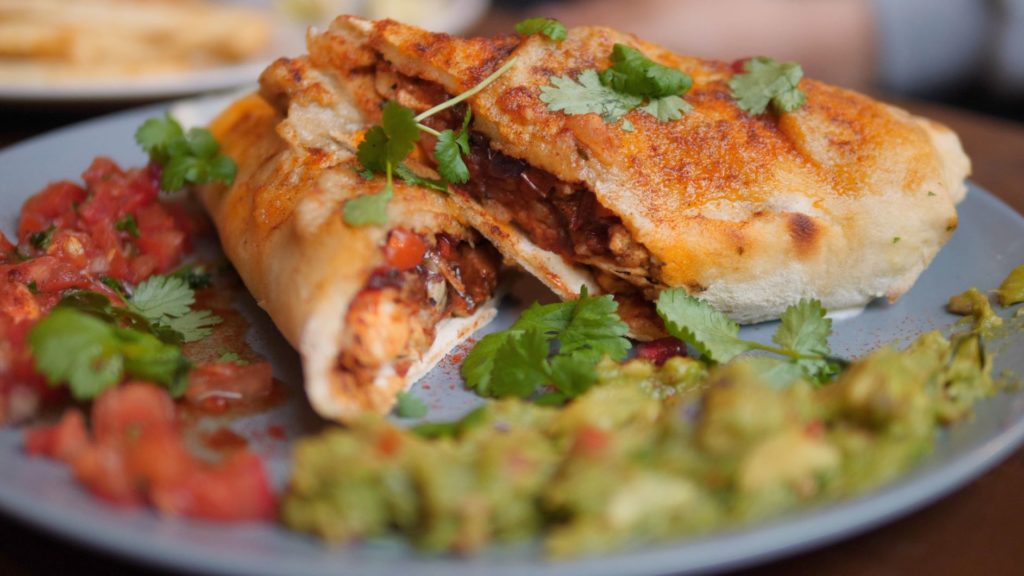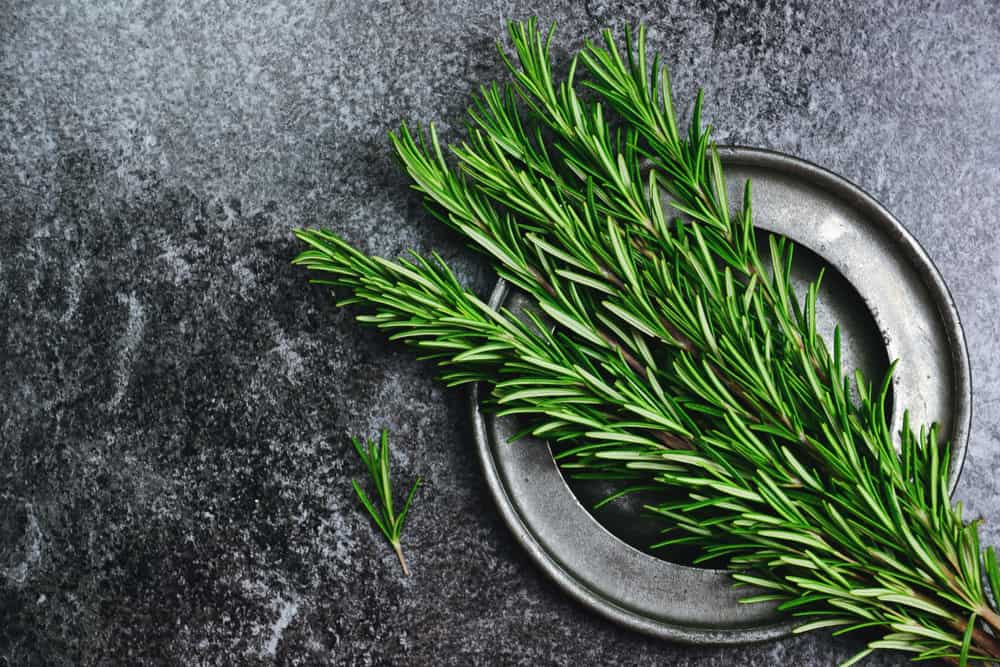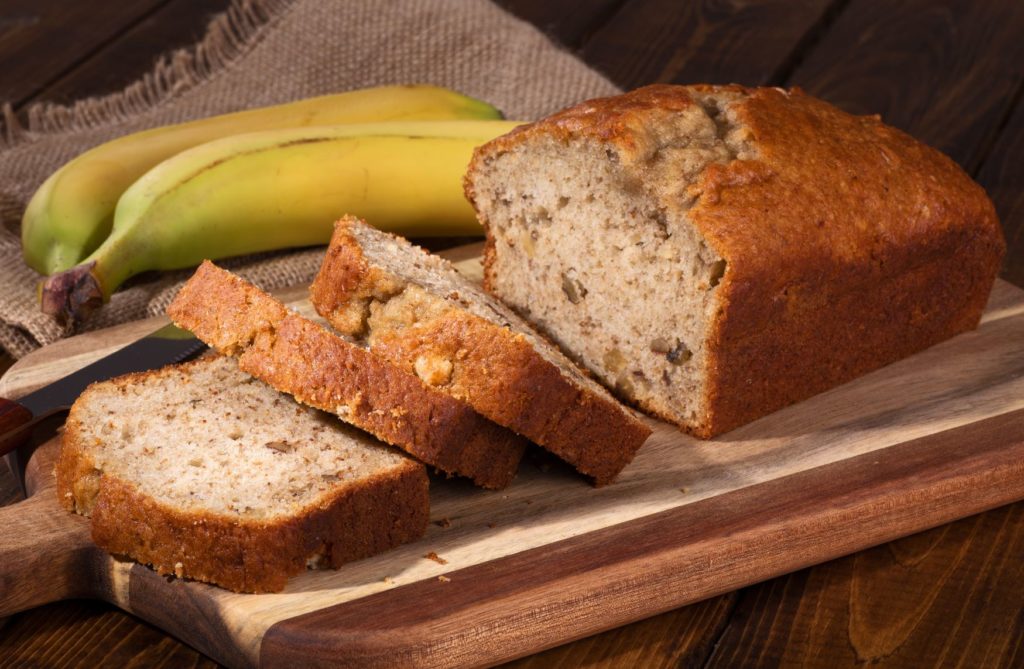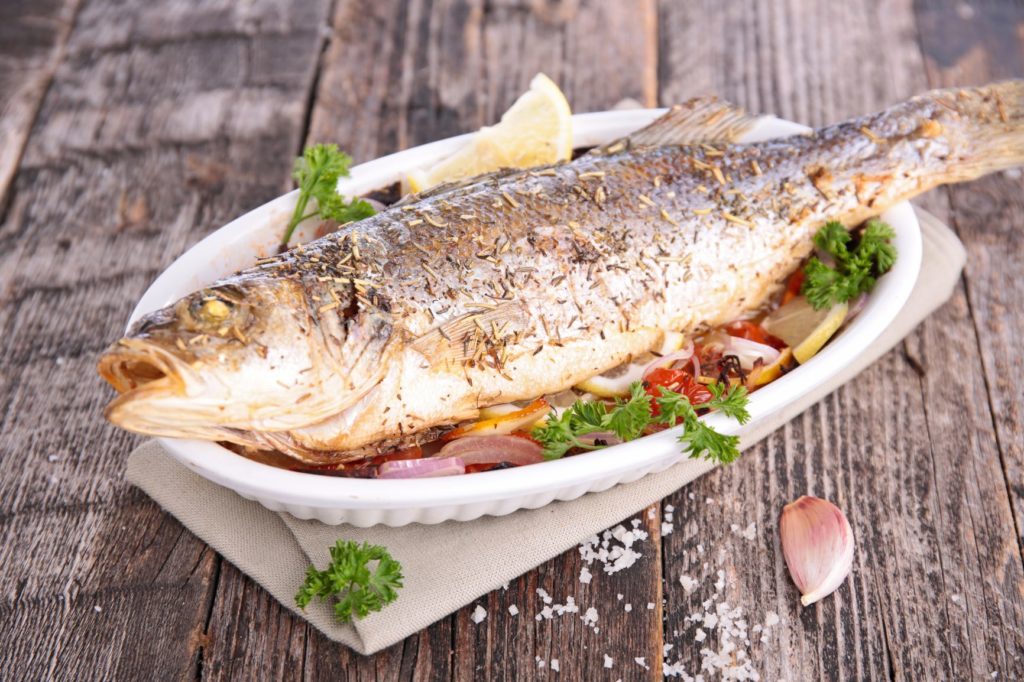Need to know how to reheat enchiladas you cooked a couple of nights ago? No problem!
Enchiladas are a great example of Mexican food that people love to make at home. They’ve been a staple of the American diet since the early 20th century.
In the Tex-Mex version of enchiladas we usually consume any meat goes (steak or ground beef is normally favored) and this makes it an ideal refrigerator-clean-out meal.
As long as you have some tortillas, some kind of chile or tomato based sauce, and some meat, enchiladas are on the menu.
While this is a very convenient meal it is also very easy to make too much, and you almost always end up with leftovers on enchilada night. This works out great however because enchiladas store really well in the refrigerator (3-4 days) or the freezer (2-3 months).
If you are planning on meal prepping and making these ahead of time for later consumption, we would recommend foregoing the traditional corn tortilla. Opting for a more robust whole-wheat or multigrain tortilla can prevent the all too familiar sad and soggy microwave enchilada.
So it’s either leftovers night or pre-made enchilada night and you’re wanting to reheat your beautiful Mexican pockets of joy but you want to make sure they still taste amazing and have a great texture.
We’ve got a few methods here on how you can reheat your enchiladas for the optimum dining experience but also with safety taken into consideration.
For the best reheat, we’d recommend always using the oven but that may not always be the most convenient so we’ve added a couple more methods below.
We’ll put a few values below for the minimum temperature you want to hit depending on the meat filling in your enchilada. We’ll also split the methods depending on where your enchiladas were stored (refrigerator or freezer).
This post may contain affiliate links. Read my disclosure policy here.
Minimum Temps
- Beef and pork - 165° F
- chicken - 170° F
As long as your enchiladas hit these temperatures as a minimum they’re going to be safe to eat.
Reheating methods
For the best results, we would recommend following these methods to reheat your enchiladas so that you avoid a sticky, soggy, and sad dish.
Don’t worry too much though because enchiladas are a pretty stable meal, there is enough filling and sauce to stop it from becoming too dry and the filling is normally too substantial to become an inedible paste.
How to Reheat Enchiladas using an Oven
From the refrigerator
- Preheat your oven to 350 °F.
- Remove your enchiladas from their storage container and place them into a casserole dish or any heavy-bottomed oven tray.
- Cover the dish/tray (like this one) with a lid or aluminum foil and bake for 15 minutes.
- After 15 minutes remove the covering from the dish and allow it to bake for a further 5-10 minutes. You can add some extra cheese here as desired.
From the freezer
- You can thaw the frozen enchiladas overnight and follow the same steps as above.
- Preheat the oven to 350 °F.
- Place enchiladas in a separate oven-safe dish even if they were stored in one in the freezer, drastic temperature changes can cause casserole dishes to crack or even explode.
- You can add extra cheese or sauce before baking.
- Cover with a lid or foil and bake for 30 minutes.
- After 30 minutes remove the covering and bake for another 10 minutes.
How to Reheat Enchiladas using a Microwave
If you’re wanting to reheat a single serving without wasting too much time and energy heating up the oven then the microwave will do the trick.
The tortillas may turn out a little bit chewier than in the oven but this will get the job done.
From the refrigerator
- Place your desired serving size onto a microwave-safe plate and poke a couple of holes into it so that the heat can penetrate through to the center (you can slice up the enchilada into manageable slices for a more even reheat).
- Cover your enchilada and plate with a microwave-safe cover (like this one on Amazon) to stop the splatters and trap the steam and stop your enchilada from drying out.
- Heat on high for 1 minute and check to see if it has heated all the way through.
- If it still doesn’t feel piping hot in the center reheat for 30 second bursts checking each time.
From the freezer
- Follow the same steps as above and make sure you’ve poked holes in (or quartered) your enchilada and covered it.
- Place in the microwave and heat on full power for 2 minutes.
- Check to see if it’s completely reheated, if not put it back again for 30 second intervals.
How to Reheat Enchiladas using a Toaster Oven
If you don’t want your enchiladas to end up too chewy and don’t have enough time to wait for the oven to do its thing then the toaster oven is the best middle ground.
From the refrigerator
- Remove your enchiladas from their storage container and place them all onto a microwave-safe plate and microwave them for 1 minute. This time, don’t worry about poking holes or cutting them up as we’re just trying to warm up the center.
- Add some foil to the bottom of the baking tray and place your enchiladas onto the tray.
- Place them in the toaster oven for 10 minutes.
- If you’re worried about burning the top, put a layer of foil over the enchiladas to add a barrier between them and the heating element.
From the freezer
- Again you can thaw them out overnight and then follow the exact same instructions as above.
- For frozen enchiladas follow the same instructions as above but microwave them on full for 2 and half minutes before placing them in the toaster oven.
Wrap up
As we said above enchiladas are a very versatile dish so there isn’t much that could go wrong with reheating them.
As long as you make sure they are heated all the way through and hitting the minimum temperatures you can rest assured they are completely safe to consume.
For that little bit extra texture and taste, we’d recommend always reheating them in the oven but in a pinch, your microwave will reliably do the trick.






